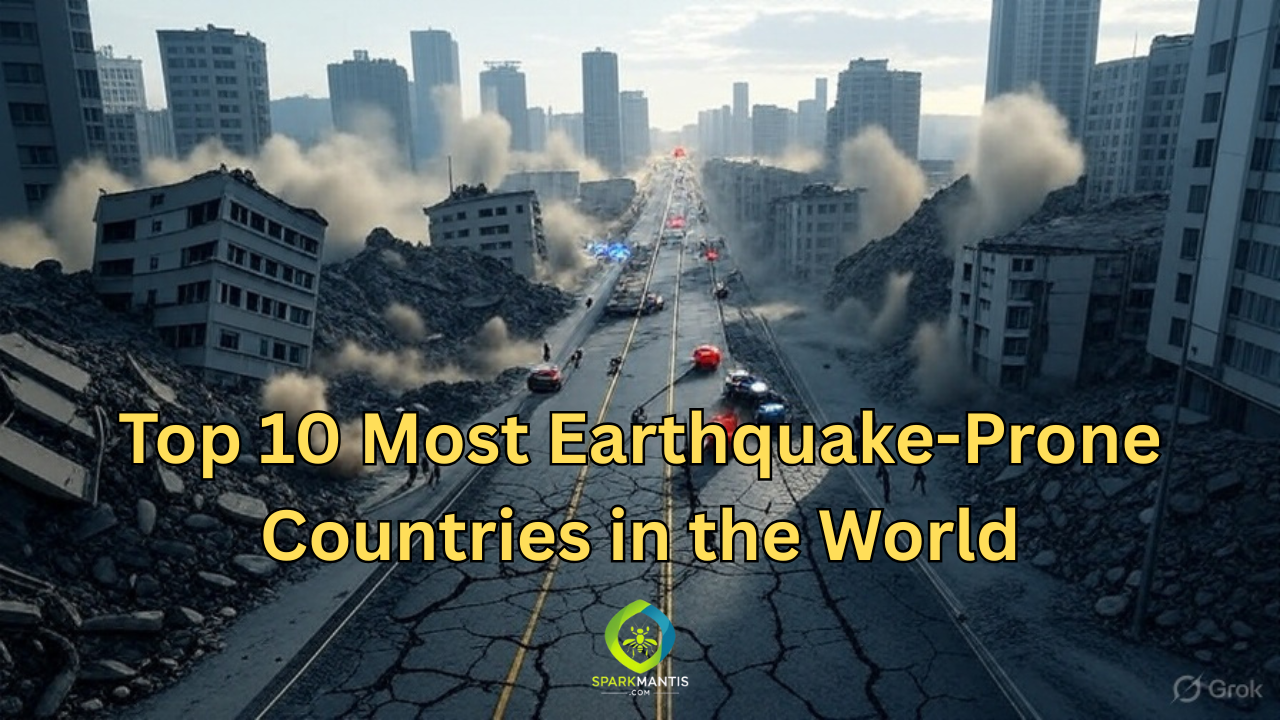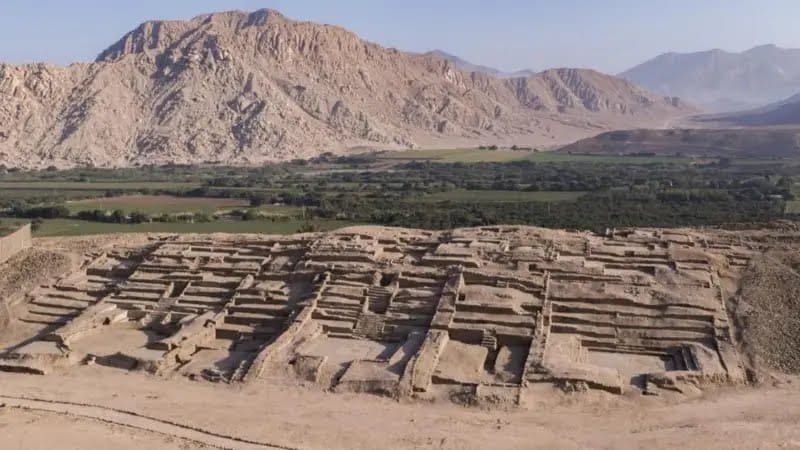Earthquakes can strike without warning, and certain countries face a higher risk because of their tectonic settings. Whether it’s their location along active fault lines or in subduction zones, these nations are hotspots for seismic activity. Here are the Top 10 most earthquake-prone countries in 2025, along with why they’re so vulnerable.
1. China
China is one of the most seismically active countries in the world.
Why: Located at the intersection of the Eurasian, Indian, and Pacific plates, it experiences frequent and powerful earthquakes, especially in Sichuan and Tibet.
History: The 2008 Sichuan earthquake killed nearly 90,000 people, highlighting its vulnerability.
2. Indonesia
Situated on the Pacific Ring of Fire, Indonesia is constantly hit by seismic events.
Why: The collision of multiple tectonic plates leads to frequent earthquakes and tsunamis.
History: The 2004 Sumatra earthquake and tsunami remain one of the deadliest disasters in modern history.
3. Iran
Iran lies in a complex tectonic region shaped by the collision of the Arabian and Eurasian plates.
Why: Its fault lines regularly produce deadly earthquakes affecting rural and urban areas.
History: The 2003 Bam earthquake killed over 26,000 people.
4. Japan
Japan is among the best-prepared countries, but it experiences daily tremors.
Why: Located on the Pacific Ring of Fire, four tectonic plates meet beneath its islands.
History: The 2011 Tōhoku earthquake and tsunami caused major devastation and a nuclear disaster.
5. United States
The U.S. faces earthquake risks in several regions.
Why: Alaska and California (San Andreas Fault) are the most seismically active areas.
History: The 1964 Great Alaskan earthquake remains one of the strongest quakes ever recorded.
6. Turkey
Turkey’s North Anatolian Fault makes it one of the world’s most earthquake-prone countries.
Why: This fault line runs close to major population centers like Istanbul.
History: The 1999 İzmit earthquake killed more than 17,000 people.
7. India
India’s earthquakes are concentrated in the Himalayan region.
Why: The ongoing collision between the Indian and Eurasian plates builds up extreme tectonic stress.
History: The 2001 Gujarat earthquake killed nearly 20,000 people.
8. Philippines
This island nation sits squarely on the Pacific Ring of Fire.
Why: Multiple plate boundaries surround the country, causing frequent quakes and volcanic eruptions.
History: The 1990 Luzon earthquake caused severe damage and landslides.
9. Mexico
Mexico is frequently rocked by powerful earthquakes.
Why: It lies on the boundary of the Cocos and North American plates.
History: The 1985 Mexico City earthquake killed over 10,000 people and devastated the capital.
10. Chile
Chile is home to some of the strongest earthquakes in history.
Why: Its entire coastline runs along a major subduction zone (Nazca Plate beneath the South American Plate).
History: The 1960 Valdivia earthquake (Magnitude 9.5) is still the largest quake ever recorded.
Countries like Peru, Nepal, Afghanistan, and Greece also face severe seismic risk because of their locations near major fault lines.
Why These Countries Are at Risk
- Located on tectonic plate boundaries
- Presence of subduction zones and fault lines
- High population density near quake-prone regions
- Secondary hazards like tsunamis, landslides, and liquefaction
Discover more from SparkMantis
Subscribe to get the latest posts sent to your email.



